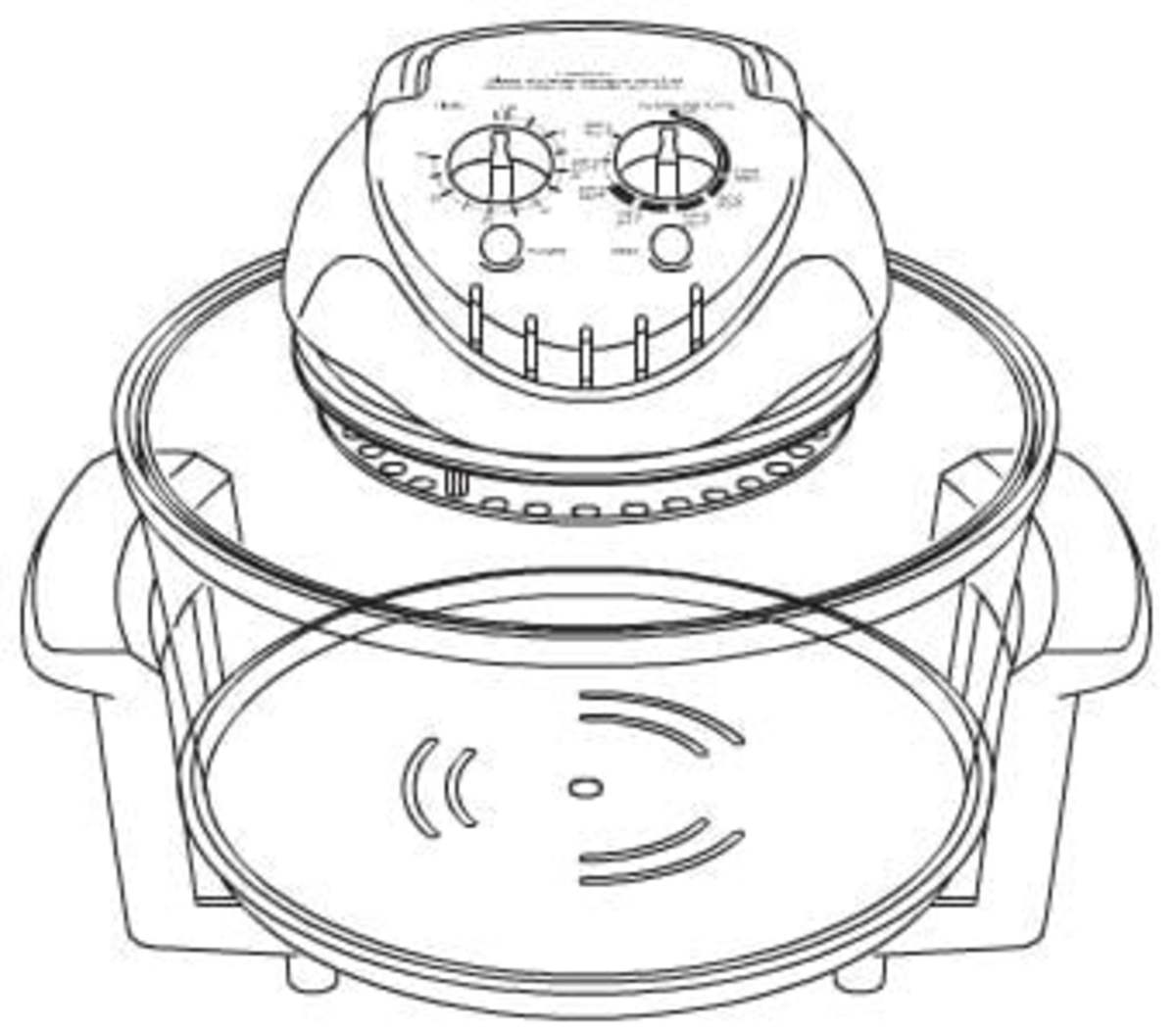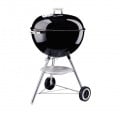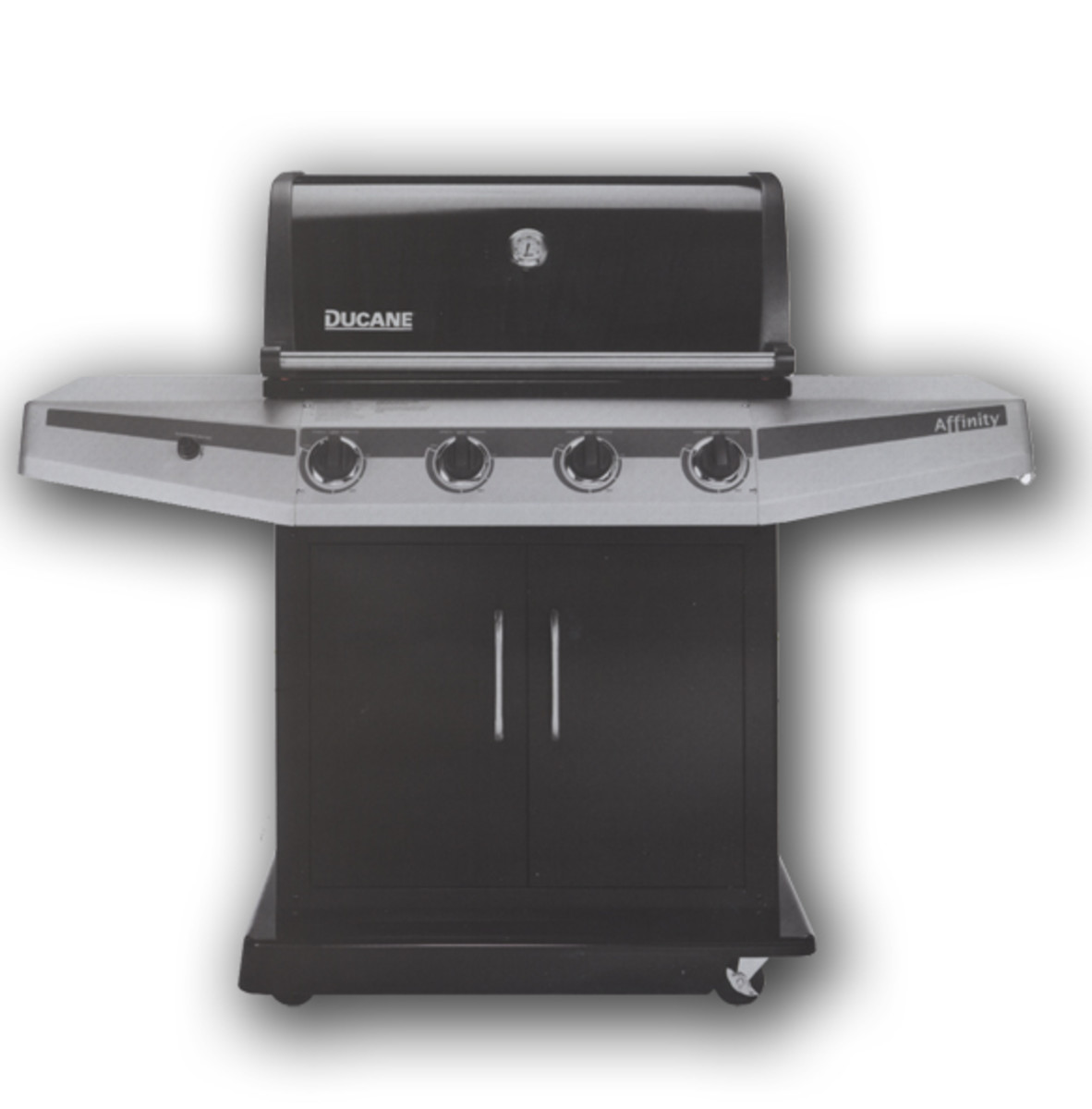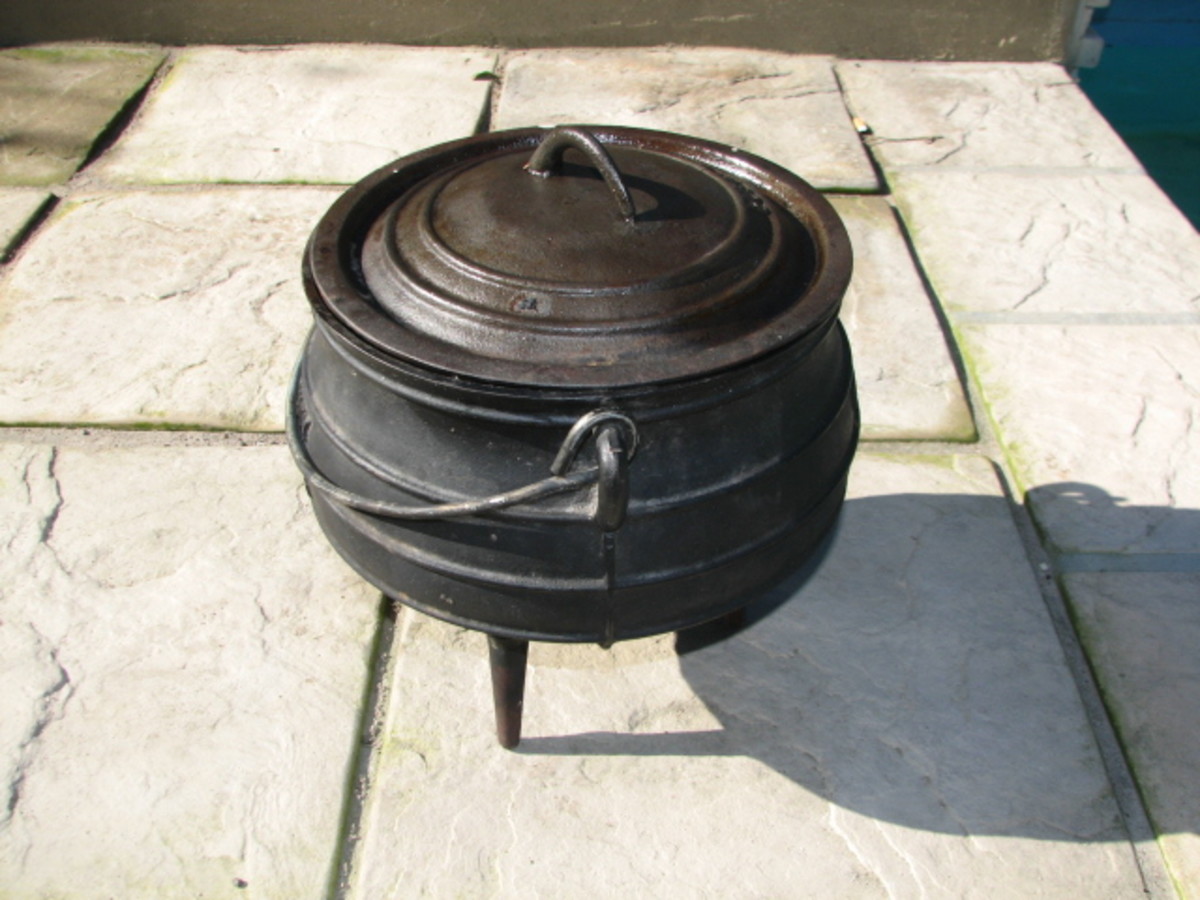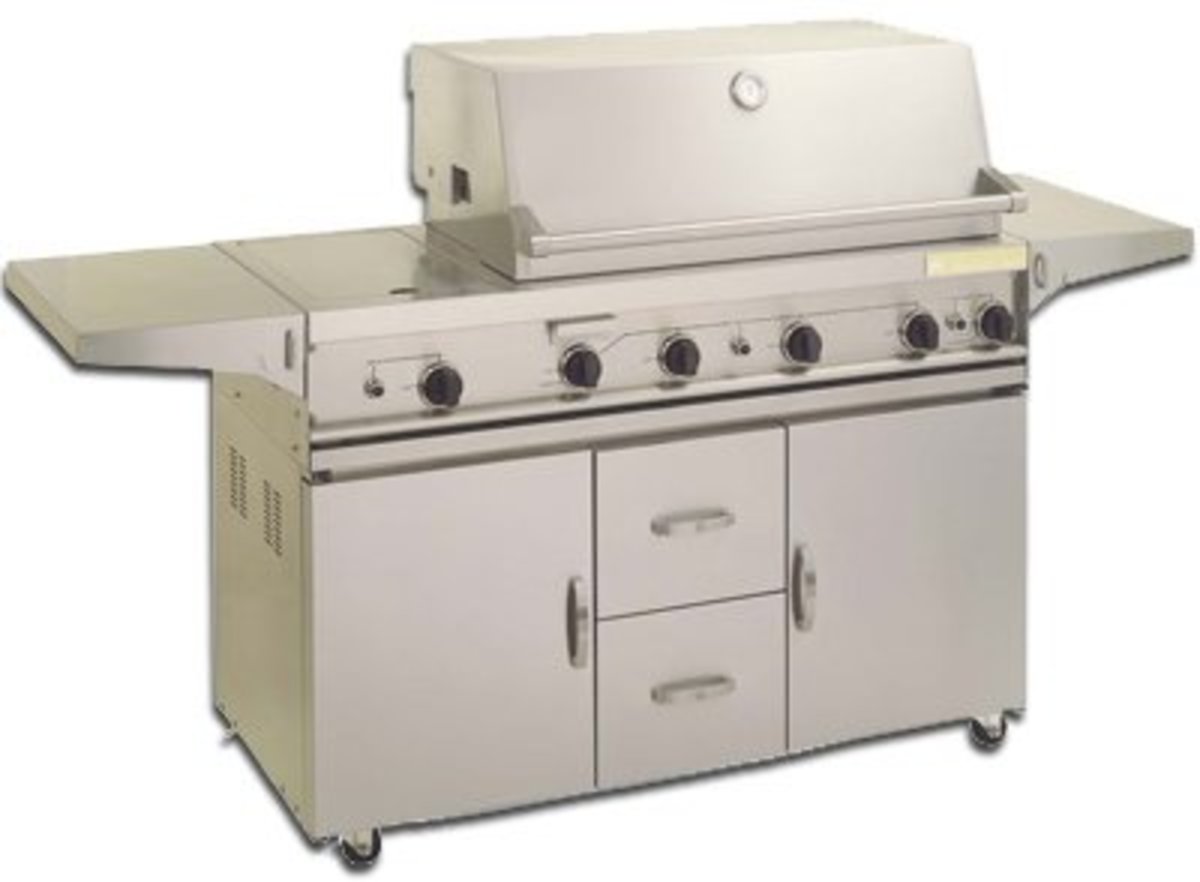TEC Thermal Engineering and Infrared Gas Grilling.
TEC infrared gas grill
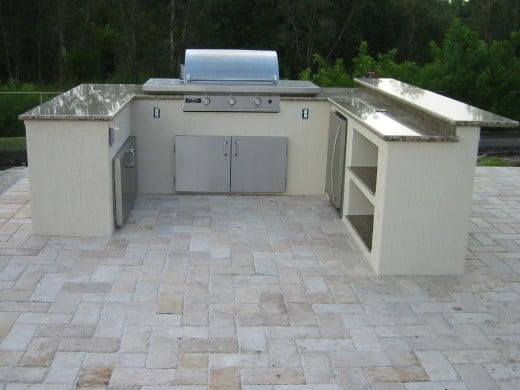




Thermal Engineering Corporation is a heat company, simply put. Their product lines include all types of finishing equipment for manufacturing processes, primarily in the coatings. Powder coats and other types of finishes are applied and dried with equipment designed by TEC. They have put this in-depth knowledge of precision heating to use in their line of infrared grills. If they can build custom equipment on an industrial scale to apply and dry finishes to all types of products, it's a safe bet that they can design and build grills which precisely control the heat being applied to the food in them.
TEC Infrared grills have been on the market for just over a decade, though TEC began introducing infrared enhancement into their grills as early as twenty five years ago. The advent of infrared in producing heat for grilling has represented a sea change in the way food is grilled and the results are commensurate with this change. Understanding heat and how it cooks is essential for understanding the parts of a TEC infrared grill.
For those who don't know the differences between heating methods, here is a thumbnail of the various processes. Conduction heating is achieved through direct contact. When a hamburger is placed on a hot surface like a skillet, heat is transferred or conducted directly to the meat. This is different from convection, which transfers heat through a liquid or a gas to the food. Boiled pasta or roasted chicken are examples of convection heating, because the medium (be it water or air) first is heated and in turn transfers the heat to the food being cooked. The third cooking method, radiant heating, is less observable. It entails the direct transfer of energy from the source to the recipient. For example, the sun heats the earth via radiant heating - solar rays carry no heat while traveling through space, but they cause objects with which they come into contact to heat up. There is very little wasted energy involved in this process. Infrared grilling uses radiant heating.
In fact the solar example is an excellent metaphor for the process of infrared cooking. The sun is not some laser beam generator - it is a big ball of heat. The same applies to infrared grills. It is a misconception that infrared grills contain some high-tech beam emitter. They actually use gas, but the gas is used to heat a material which in turn emits infrared radiation for cooking. First the gas is turned on to heat an object (say, a ceramic tile) to glowing red. The characteristics of the tile dictate that it will emit radiant heat to cook the food in the grill. Because the tile is so hot, there is some convection heating involved - after all, the atmosphere inside the grill is not the vacuum of outer space. But the majority of cooking is accomplished by the infrared energy being emitted by the heated tile, or whatever object a particular grill uses (TEC's approach is far more advanced, but more on that later).
Infrared radiation cooks much more quickly than convection heating, so the food is done in less time than by the convection heating used in traditional grills. The overall time taken in the process from beginning to end is also much less than that in traditional grilling. The key advantage of infrared grills is not the speed, but that the infrared energy is able to penetrate the moisture barrier which exists around the food without disturbing it. This invariably results in meat which is moist, tender, and juicy. While there is no doubt that other cooking methods may produce similar results as to moistness, these methods cannot, by their very nature, take full advantage of the Malliard Effect. This effect accounts for the distinctive flavor of grilled meat. The amino acids present in the meat react with reducing sugars to form an array of molecules which account for the blend of flavors that, combined, are recognized (as indeed even prehistoric man recognized) as the taste of well-grilled meat.
Infrared grills are able to accomplish this while at the same time minimizing the amount of moisture loss associated with prolonged exposure to high convection heating. TEC has taken this one step further. To explain, it is necessary to cover charcoal's radiant heat characteristics. Charcoal emits %25 radiant heat. That means that the other %75 of the heat radiated by charcoal is dry, hot air. This dries out the food, which no grill master wants. When TEC infrared burners first introduced ceramic tile type radiant heating in their grills in the early 80's, the improvement was significant. Those early configurations produced %35 radiant heat from the ceramic tiles - better, but not a game-winning score.
Now, TEC has introduced a new element in the form of a high temp radiant glass panel combined with a special stainless steel burner instead of ceramic. The burner produces radiant heat using very small flames. The glass panel in turn equalizes the radiant heat and emits it evenly over the cooking area. It also forces hot air away from the food. Also there are very few flare ups and no hot or cold spots on the cooking surface. With this new approach in materials and design, TEC has achieved a %100 radiant heating coefficient. That means that the heat cooking the food in a TEC grill is being cooked entirely with radiant heat, thereby eliminating moisture loss through convective heat. Additionally, the food browns and carmelizes beautifully (the Malliard Effect).
Imagine a well-done steak, with it's deeply grilled flavor, that is also very moist and tender - this is what TEC has accomplished with their new infrared grills. The importance of the radiant glass panel system to infrared grilling cannot be overstated. It wins the game.


